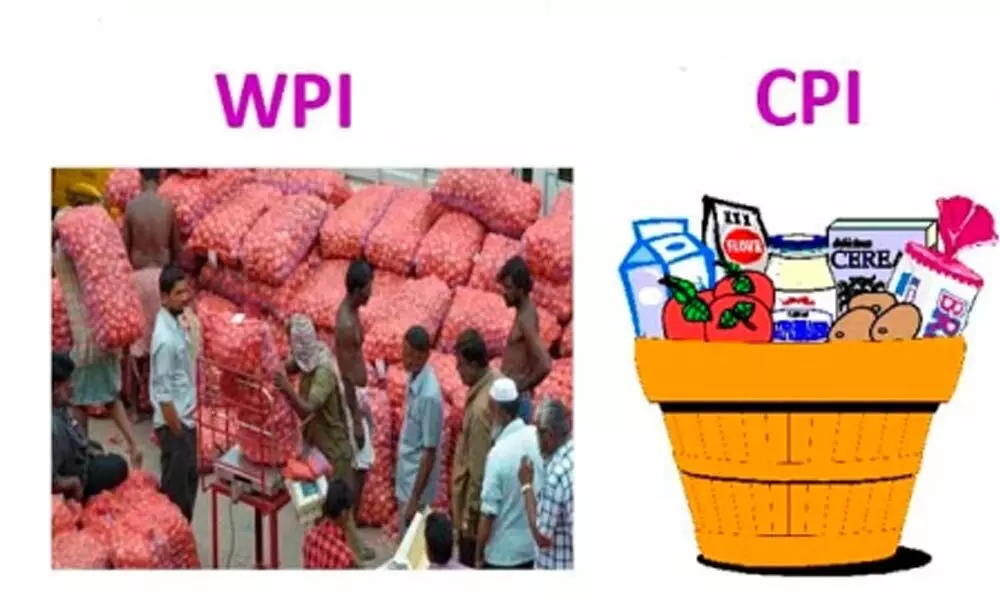Retail inflation: The slide begins
Retail inflation during November 2020 was substantially lower than consensus expectations.
image for illustrative purpose

Retail inflation during November 2020 was substantially lower than consensus expectations. After it having bucked the global trend in recent months, we expect India also to traverse a deflationary phase. This, coupled with the likely faltering of growth in the near future, would provide opportunities to the RBI to reduce the policy rate further.
Positive surprise on the inflation front. After the better-than-expected industrial production for October 2020, retail inflation for November 2020 also surprised positively by being substantially below consensus expectation. Retail inflation for November was 6.9 per cent versus 7.6 per cent the month prior.
Deceleration of food inflation. The better-than-expected retail inflation was chiefly due to a marked softening in food inflation, which declined from 11 per cent in October 2020 to 9.4 per cent in November 2020. In contrast, core inflation during both months was unchanged at 5.8 per cent. Fuel inflation also softened during the latest month.
Most food product prices decelerated. While the major softening in vegetable inflation was the main reason for lower food and, thereby, retail inflation, deceleration in food-product prices was broad-based with items such as meat and fish, egg, pulses, sugar, and cereals, all recording lower inflation in November 2020 versus the previous month. Only edible oil and non-alcoholic beverages moved contra to other food-product prices.
India bucking the global deflationary trend. With demand being substantially behind supply, the world economy is going through a deflationary phase. However, domestic factors in India including the impact of the lock-down on the vegetable and poultry sectors and the government's decision not to pass on softer global crude-oil prices to retail customers resulted in hardening of inflation in India.
Expect softening of inflation to continue for the rest of FY21. Several factors, including the improved supply situation in respect of major food items, the usual seasonality of food prices and a favourable base effect are likely pressure inflation to soften further. We expect retail inflation in December 2020 to fall substantially below 6 per cent.
We do not think that the RBI is done with rate cuts. We expect deceleration of inflation in the next 12 months to be more pronounced than estimated by the RBI. In contrast, we do not think that improvements in industrial production would continue. The simultaneous deceleration in growth and inflation would provide the RBI the opportunity to resume lowering the policy rate in coming months. The more-than-expected hardening of global crude prices, however, remains a risk factor. (Anand Rathi)
WPI-CPI divergence continues
Wholesale price inflation for November 2020 at 1.6 per cent was marginally below consensus expectation. Like retail inflation, food and fuel inflation for WPI also softened during the month. Manufactured product inflation hardened. Small rise. Wholesale price inflation during November 2020 at 1.6 per cent was marginally higher than 1.5 per cent the previous month.
Food inflation softening. As in the case of retail inflation, the food component of wholesale inflation also softened during November 20 to 4.3 per cent. from 5.8 per cent the month prior. The large divergence between wholesale and retail food inflation although narrow remained substantial.
Manufactured product prices rising. In contrast to food and fuel inflation, manufactured price inflation accelerated during November 20 to 3 per cent from 2.1 per cent the previous month. Miscellaneous manufactured items, railway-related equipment, base metals and manufactured food-product inflation remained elevated. Inflation for manufactured items such as computers, leather, textile and paper remained in the deflationary zone. Large divergence in oil product prices. The decision of the government not to pass on the softer global crude-oil prices to retail customers but transmission of the same in wholesale prices led to a major difference in this category between inflation measured by retail and wholesale price indices.
Divergence between WPI and CPI. Despite some narrowing, the divergence between WPI and CPI indices continues. Apart from differences in weight, there are substantial differences in inflation between these two indices at the category level also. Among other things, increase in retail margin due to supply shortages seems to be one of the factors behind this.

